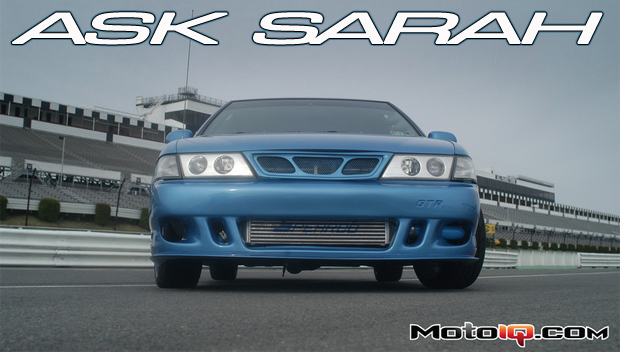,
The biggest shortcoming of water to air intercoolers is that they run a higher risk of being heat soaked since they are so effective at absorbing heat, especially when the boost levels jump. If the water in the system does get hot, it will take longer for it to cool down and in the meantime, the boosted air may run hotter than ambient air, drastically dropping its effectiveness. Some factory turbocharged engines that come with water to air intercoolers, such as the GMC Syclone and Typhoon, are often upgraded to air to air intercoolers when modifying for more horsepower. Of course, this usually requires relocating the battery and some other revisions under the hood to fit the air to air intercooler.
Water to air intercooler systems are also more complex- you have to watch for leaking or the pump failing. They also tend to cost more and have more obstructions to dissipating the heat to the atmosphere which could result in less heat transfer. But simply due to its ability to absorb four times as much heat, a properly set up water to air intercooler is an excellent choice for drag racers or short duration racing events where the engine can take sit between runs. For a simpler system, longer endurance or road racing events, an air to air intercooler is a better option.
 |
The Mercedes SLR (above), Ford GT, and Bugatti Veyron come with water to air intercoolers but these and other similar high-powered sports cars come with multiple turbos or supercharger systems that make packaging any air to air intercooler more difficult. The SLR in particular suffers from cooling and performance issues when driven in higher ambient temps. |
In an air to air intercooler, the cooling medium is the ambient air. Air to air intercoolers use a heat exchanger mounted in the air stream that cools the intake charge. They are lighter weight and less complex, but require a longer induction air path and larger pipes to and from the intercooler, which can contribute to turbo lag. They also have a greater potential for pressure drop across the core, but will recover from heat soak more quickly. Some factory cars like the Subaru WRX STi or Mitsubishi Lancer Evo even spray water on the outside of the air to air intercooler to provide more cooling and dissipate heat soak.
 |
| The Nisei bar and plate intercooler on the left is mounted on our Project Evo IX. The XS Engineering intercooler on the right is a tube and fin design. The Nisei intercooler fits perfect under the stock bumper and though it doesn't offer much for power gains, the XS Engineering one is no longer available so it makes your decision a lot easier! |
There are two types of air to air intercoolers: tube and fin and bar and plate. Bar and plate intercoolers weigh more but have a higher fin density and a greater mass, so they act like a heat sink and soak up heat more efficiently at lower air speeds and when there isn't much airflow across the core. They are usually preferred for drag racing applications. Tube and fin intercoolers are lighter and better at exchanging heat when they have more access to airflow but don't have as much thermal mass. They also block less airflow to the radiator. They're better for road racing applications. I say use an intercooler properly matched to your engine's airflow- keep pressure drops across the core low (preferably lower than 1.5 psi) and mount the intercooler so it is exposed to the most air flow over the fins but also keep in mind the airflow to the radiator. Seal the intercooler and direct the airflow to increase efficiency.
Got a difficult tech question? Email Sarah at asksarah@motoiq.com



